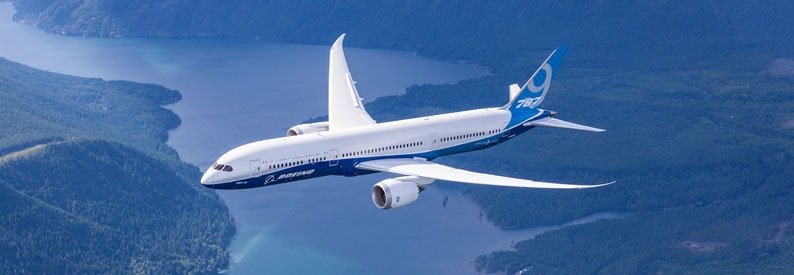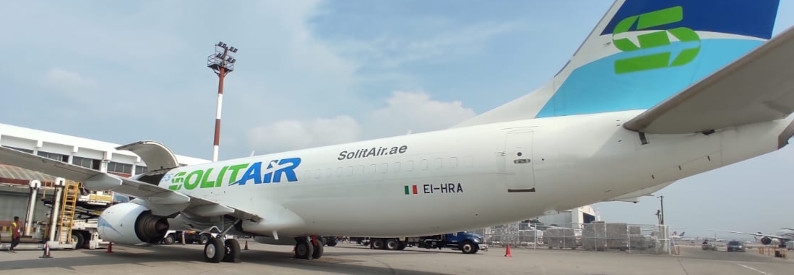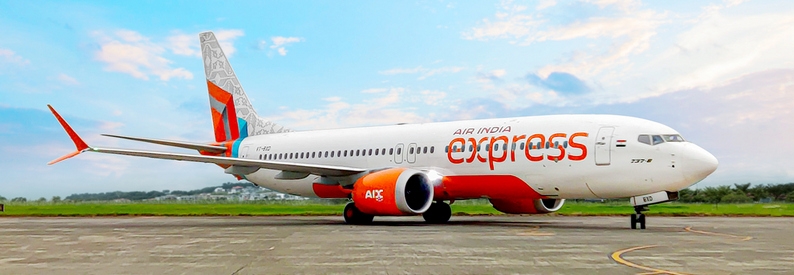The managing director of Air India Express (IX, Delhi International) says his airline will focus on linking tier two and three airports to key hubs and Air India (AI, Delhi International) will concentrate on major hub-to-hub routes once owner Tata Sons has completed the reorganisation of its airline interests.
The merger between Tata-owned low-cost carriers Air India Express and AIX Connect (Bengaluru International) (formerly AirAsia India) was finalised in early October and the merger between full-service Air India and Vistara (Delhi International) is expected to finalise this week. Once the tie-ups are complete, the Vistara and AIX Connect brands will disappear. Air India Express MD Aloke Singh told the Indian Express newspaper that the two merged entities have already begun rationalising their networks.
Specifically, Air India will concentrate on linking big airports such as Delhi-Dubai International or Delhi-Mumbai International, while Air India Express will primarily connect big airports in India with smaller airports. Singh cites Goa Dabolim-Dubai and Delhi-Ranchi as examples. However, he says there will be some overlap where the market is large and diversified enough to sustain both a full-service and low-cost service. Singh also added that the biggest slice (approximately 65%) of the Indian domestic market is hub-to-non-hub routes.
“Our prime focus will be on the metro to non-metro and on the regional short-haul international network," he said. "Again, it will be primarily from tier two, tier three cities to points in the Middle East and Southeast Asia."
Singh said Tata Sons' overarching strategy was to best match a carrier to demand and route profiles. He also said Air India Express would play a significant role in feeding passenger traffic to and from Air India's long-haul routes.
According to ch-aviation Commercial Aviation Aircraft Data data, Air India Express operates 91 aircraft, including twenty-five A320-200s, five A320-200Ns, thirty-five B737-8s, and twenty-six B737-800s. It flies to 48 airports across India, the UAE, Bahrain, Saudi Arabia, Qatar, Kuwait, Oman, and Singapore.
Singh says he would like to expand international services beyond its India-Gulf core next year, including starting flights to Thailand, Sri Lanka, Nepal, and Bangladesh. In the slightly longer term, he says there is interest in markets like Kazakhstan, Uzbekistan, Azerbaijan, and Georgia.
Meanwhile, Singapore Airlines Group (SIA) says it will invest an additional INR31.945 billion rupees (USD378.6 million) in Air India. Disclosed on November 8, 2024, when SAI announced its latest quarterly financial results, the airline is swapping its 49% stake in the soon-to-disappear Vistara for a 25.1% in the enlarged Air India entity. There was also an initial payment of INR20.585 billion (USD244 million) payment from SIA to Air India. SIA operates Singapore Airlines and Scoot.
That agreement also included a rider whereby SIA would contribute its share of any funding previously provided by Tata Sons before the completion of the merger, together with relevant funding costs up to INR50.2 billion (USD595 million) that would allow it to maintain 25.1% stake in Air India.
SIA will pay the extra amount later this month after the merger's completion. It will pay via subscribing to new Air India shares. "Future capital injections will be considered based on Air India’s requirements and available funding options," a statement from the group says.







